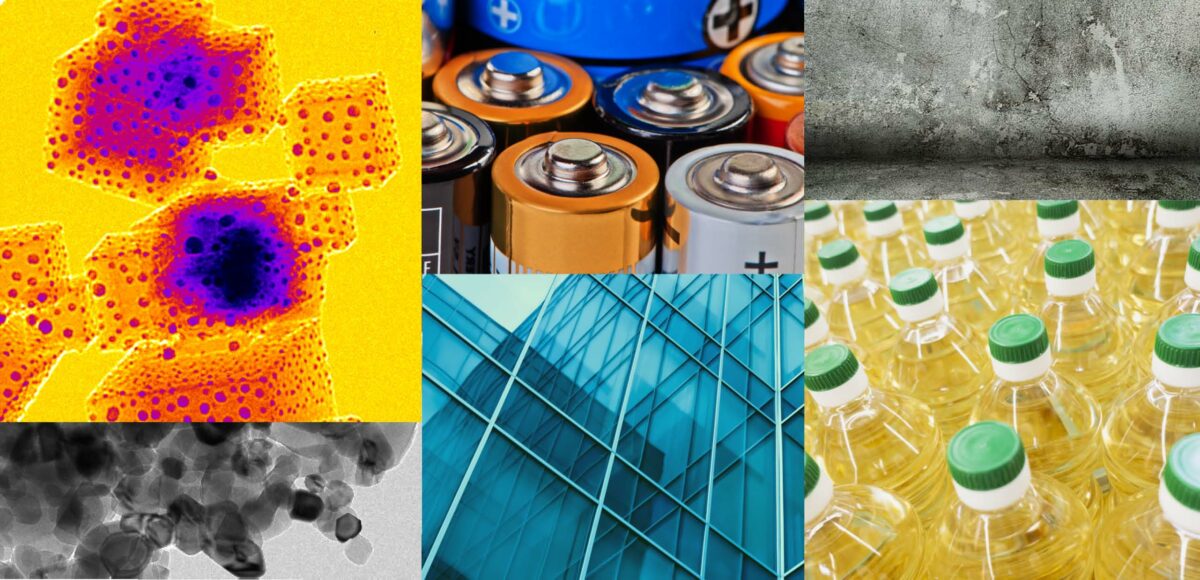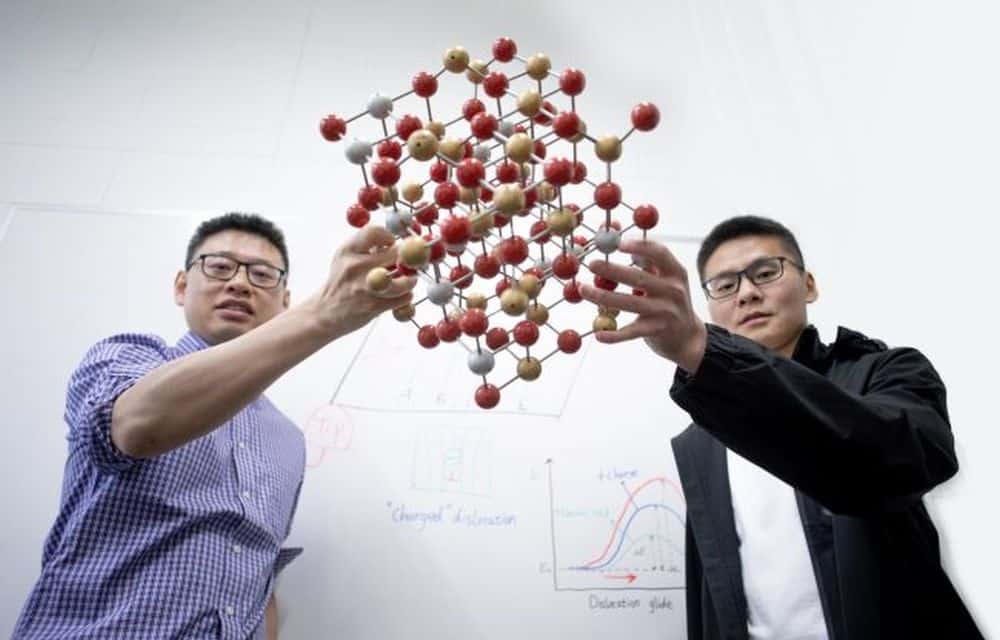Posts by Lisa McDonald
Unveiling the hidden role of intermediate oxides in glass: Spectroscopic data combined with computational modeling provides new insights
The effect niobium oxide has on the macroscopic properties of glass is reasonably well-known, but its specific structural role in glass remains poorly understood. To address this knowledge gap, researchers from the Center for Research, Technology, and Education in Vitreous Materials in Brazil combined spectroscopic data on niobium-containing silicate glasses with advanced computational modeling.
Read MoreCeramic and glass business news of the week for July 31, 2023
New industries consortium to drive low carbon innovation in the U.K., Turkish recycling project collects 1.6 billion units of packaging waste, and more ceramic and glass business news of the week for July 31, 2023.
Read MoreHigh-throughput automated testing platform saves time and energy by placing dozens of samples on same substrate
Automating experiments can help speed up the materials development process. Researchers led by North Carolina State University developed a new high-throughput automated testing system that deposits multiple samples on the same substrate, thus saving time and energy.
Read MoreVideo: Computer vision method demonstrates potential of rapid and automated quality control for cements
Testing the durability of building materials is typically a slow, tedious, and labor-intensive process. Researchers at the University of Illinois Urbana-Champaign used computer vision to develop a fast and affordable method for testing cement durability, demonstrating the potential to improve quality control in the cement industry through automated methods.
Read MoreOther materials stories that may be of interest for July 26, 2023
Creating carbon nanotubes on foil, mining minerals using algae, and other materials stories that may be of interest for July 26, 2023.
Read MoreHands-free defect engineering: Electric fields control motion of ceramic dislocations without need for mechanical loading
While some studies have demonstrated that electric fields and light exposure can affect the motion of dislocations in ceramics, the principal driving force of motion in these cases was mechanical stress. Now, an international group of researchers showed dislocation motion in a single-crystalline zinc sulfide can be controlled using only an external electric field.
Read MoreCeramic and glass business news of the week for July 24, 2023
SCHOTT conducts successful laboratory tests with 100% hydrogen, Japan steps up energy diplomacy with Middle East tour in push for ‘stable’ ties, and more ceramic and glass business news of the week for July 24, 2023.
Read MoreIntroduction to “Ceramic armor” for ACT @ 20
To celebrate the milestone of the 20th volume of the International Journal of Applied Ceramic Technology, the editorial team assembled a selection of journal papers representing the excellent work from the advanced ceramics community. The focus this month is ceramic armor.
Read MorePerovskite solar cells charge ahead to record-breaking efficiencies
The potential of perovskites as a photovoltaic material, both in combination with silicon and alone, is gaining steam. This CTT overviews some of the biggest advancements in this field in recent months.
Read MoreVideo: Year-long simulated Mars mission taking place in 3D-printed concrete habitat
Materials are not the only challenge to carrying out a successful space mission—the toll on a crew’s cognitive and physical performance must also be anticipated. In June 2023, NASA announced the start of its first year-long simulated Mars surface mission, which will take place within a 3D-printed concrete habitat.
Read More







